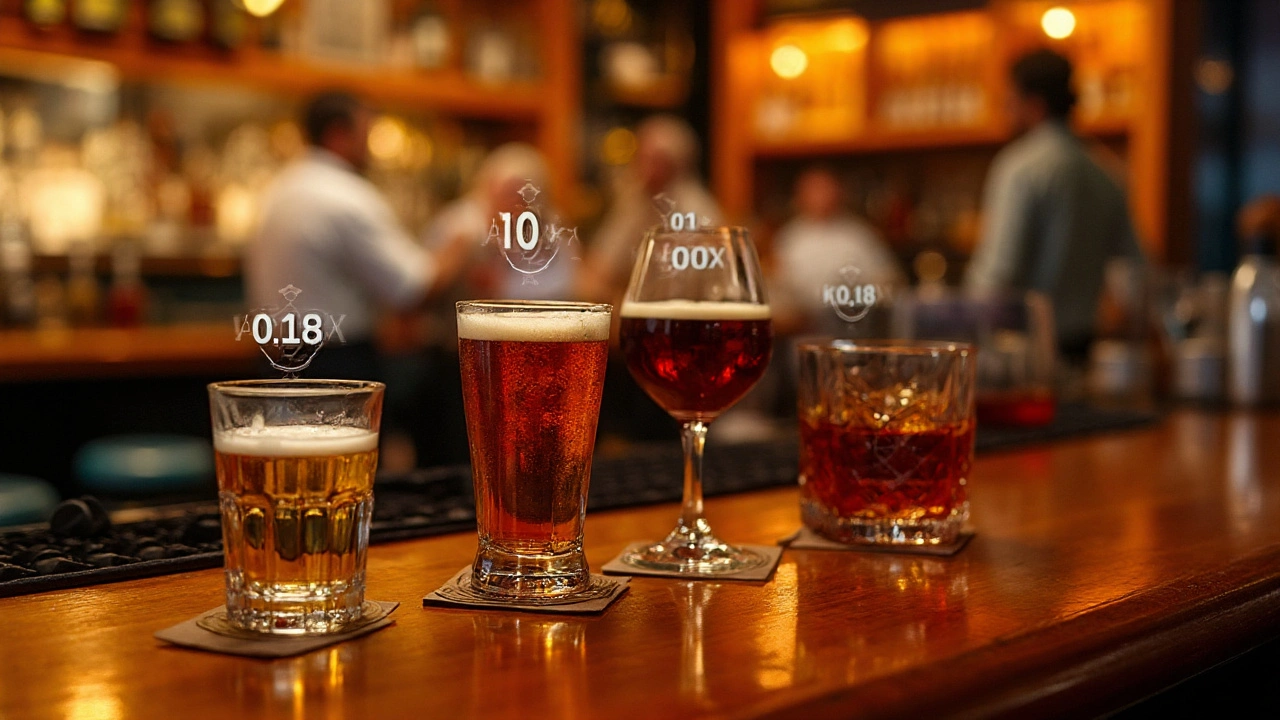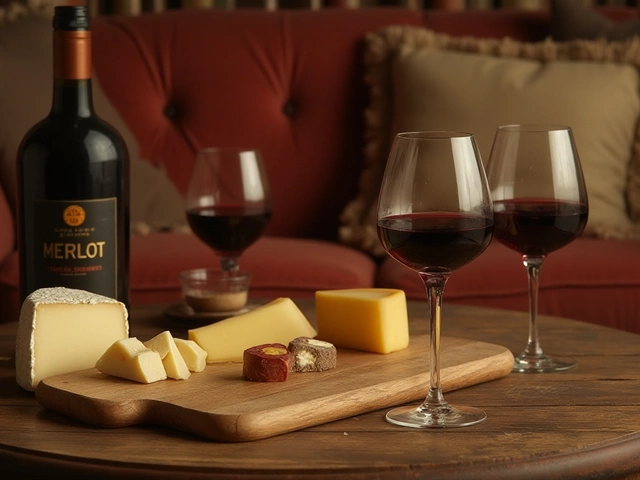Alcoholic Drinks Nutrition: What’s Inside Your Favorite Drinks?
Ever wonder why a glass of wine feels lighter than a pint of beer? The answer lies in the numbers: calories, carbs, and sugar. Knowing these facts helps you enjoy a night out without the guilt. Below we break down the basics for wine, beer, spirits, and even mocktails, so you can pick what fits your diet and mood.
Reading Labels and Spotting Hidden Calories
Most bottles list alcohol by volume (ABV) – that’s the strength, not the calorie count. To estimate calories, multiply the ABV by the drink’s volume in ounces, then multiply by two. A 5‑oz glass of 12% wine ≈ 120 calories. A 12‑oz beer at 5% ABV is around 150 calories, but craft brews can push 200‑250. Spirits are trickier: a 1.5‑oz shot of 40% vodka is about 97 calories, but mixers add carbs and sugar fast. Look for labels that note “low‑sugar” or “no added sweetener” if you’re watching carbs.
Low‑Calorie Picks and Smart Swaps
If you love a cocktail, trade sugary mixers for soda water, fresh citrus, or a dash of bitters. A gin + tonic can be 150 calories; swap tonic for sparkling water and you drop under 100. Choosing dry wines (like Sauvignon Blanc or Brut Champagne) cuts sugar compared with sweet reds or dessert wines. Light beers and “session” ales keep the ABV around 3‑4%, which trims calories without sacrificing flavor. For spirits, look for “neutral” vodkas or clear gins – they have fewer congeners and often feel lighter on the palate.
Hydration matters, too. Alcohol is a diuretic, so you lose water and feel the next morning’s slump. Alternate each alcoholic drink with a glass of water; you’ll end up drinking less overall and keep the calorie count down. Adding a slice of cucumber or a sprig of rosemary to water makes it more enjoyable and supports the palate between sips.
Portion control is the easiest tool you have. Stick to standard servings: 5 oz wine, 12 oz beer, 1.5 oz spirit. If a bar serves oversized pours, ask for a half‑size or request a “short” pour. Many venues are happy to accommodate when you ask politely.
Finally, balance the night with food. Protein and healthy fats slow alcohol absorption, preventing spikes in blood sugar. A handful of nuts, cheese, or a small chicken salad can make a big difference in how you feel the next day. While the occasional indulgence is fine, staying within the recommended limit – up to one drink a day for women, two for men – keeps the health risks low.
Understanding the nutrition behind alcoholic drinks takes a few minutes, but the payoff is clearer choices, fewer regrets, and a better vibe the morning after. Use these tips, experiment with lower‑calorie swaps, and enjoy your drinks with confidence.
Discover if vodka truly has the fewest calories among alcoholic drinks, compare it to beer, wine, whisky and more, and learn smart ways to keep your drinks light.
View Details

